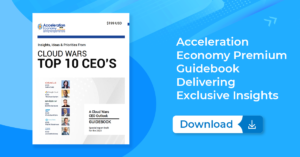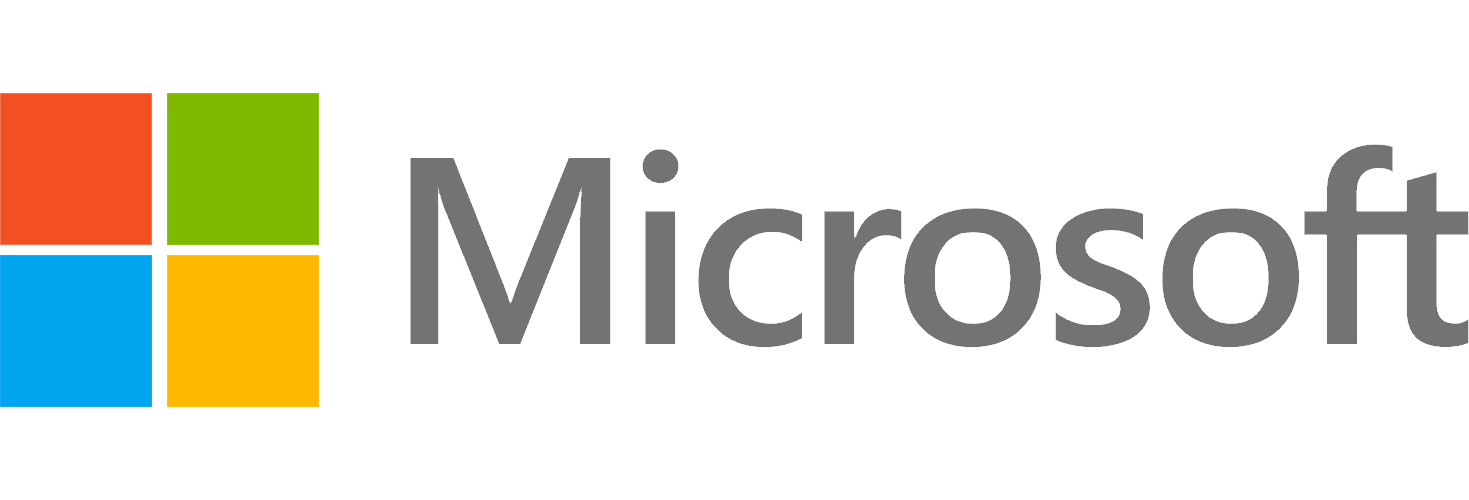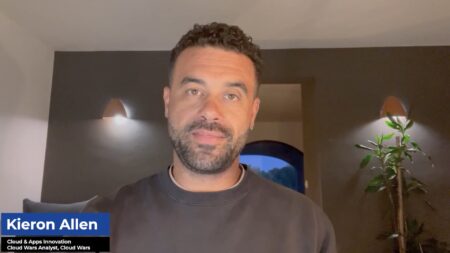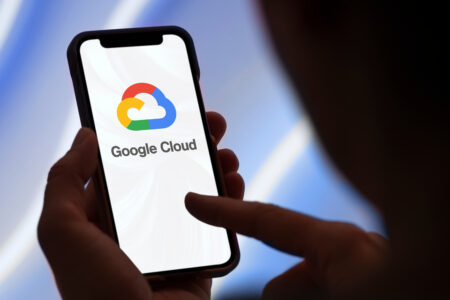
In the wake of the audaciously customer-centric cloud partnership engineered by Oracle’s Larry Ellison and Microsoft’s Satya Nadella, the CEOs of every major tech company on the planet will need to overhaul their views on how to engage with competitors to drive better customer outcomes.
If that seems like a bloated view of what some might consider simply a plumbing agreement, I would urge you to think again. Because business leaders across every industry will look at what Nadella and Ellison have done and will conclude, “If Microsoft and Oracle can figure out ways to work together to make my life easier, then why can’t every tech vendor do the same? And this is coming straight from Larry Ellison and Satya Nadella, so I want us to start requiring that every single cloud vendor we buy from adopt this type of policy.”
On the surface, the newly expanded partnership between the two iconic tech companies is all about a huge technological step forward centered on the launch of Oracle Database@Azure. This is a breathtaking leap in technology, but even more than that it’s a triumph of fearless leadership and a glimpse into what the multi-cloud future of tomorrow will look like.
And in the words of Larry Ellison — on his maiden voyage to Microsoft headquarters and sitting right next to Satya Nadella — here’s what that vision is all about (emphasis mine):
“Customers are very excited. And they’re very pleased that two companies that are often viewed as competitors are cooperating to the customers’ benefit. That we’re putting all of our technology together in one place in Azure data centers to make it convenient for customers and economical for customers to do things like Satya just described, like training an AI model where you’re moving enormous amounts of data that’s maybe stored in an Oracle Database to train an AI model like OpenAI’s models and get that done in the most-efficient possible way where the data and the AI model are very close to each other.”

Imagine that: “two companies that are often viewed as competitors” working together to deliver in concert greater value to customers than either could deliver individually. Sounds to me like a trend that other tech vendors will need to follow — quickly and aggressively.
In their side-by-side announcement, Nadella also hammered home the significance of driving new levels of benefit for customers.
“In some sense, this builds on what we did a few years ago, which was the first phase of what we started working on. In fact, Larry pushed us hard to ensure that the latency between their data centers and our data centers got to the point where customers could benefit from the vision Larry just laid out, which is, ‘Hey, how can we use Oracle and Microsoft, because a lot of enterprise applications have that: They have the Oracle Database, they probably have some front-end or middleware even from Microsoft, so how do you both move these [existing] applications and build new applications?
“In this new phase,” Nadella said, “what I like a lot about what we’re doing is we’ve listened to customers. And customers said, ‘We want this option in addition to everything else you’re doing.’ So I think this will fundamentally accelerate the migration to the cloud and get not only the movement to the cloud but also get the customers to do new things.”
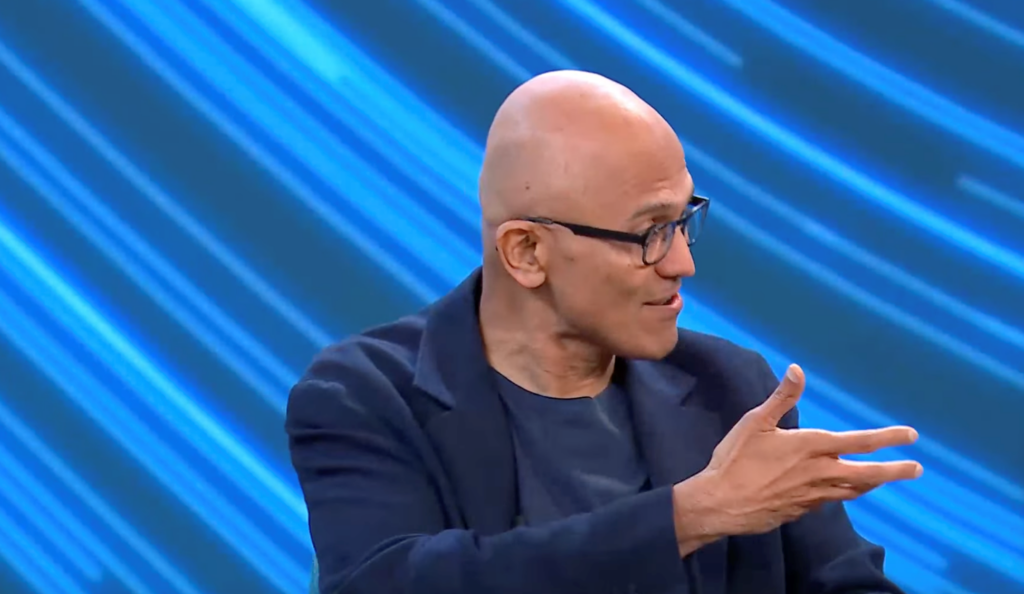
Yes indeed: “We’ve listened to customers.” Sounds like a great idea because those customers are facing unprecedented levels of change, upheaval, disruption, and fresh competition, with all of that coming at a brutal pace.
Ellison came back to that theme repeatedly and went so far as to say that this enhanced Microsoft-Oracle alliance will accelerate the overall move by business leaders to the cloud.
“A lot of our customers have moved partially to the cloud,” Ellison said, “and everyone’s very excited about the cloud and have been talking about it for a long time, but actually a majority of the data has not migrated from on-premise into the cloud as yet — but it will.
“And we’re trying to hasten that process, to make it easier for customers to actually move their entire data-center workload to the cloud. And that means moving all those Oracle databases which are currently on-premise into the cloud and for everything to coexist and be easily managed even though some of this technology is Oracle technology and some of it is Microsoft technology to allow you to seamlessly manage that infrastructure — that multi-cloud, multi-provider infrastructure — and to be able to do that in a convenient, reliable, secure way.
“And that’s what we’re trying to accomplish with this partnership.”
For Nadella, the incredibly strategic nature of the Oracle Database is nothing new. Several years ago, Nadella was asked to identify a product that he wished he could add to the Microsoft portfolio, and he immediately said that would be the Oracle Database.
And in last week’s conversation with Ellison, Nadella shared a story from early in his career at Microsoft when the Oracle Database was the indispensable component.
“A little-known fact is that when I first came to Microsoft, the first week they asked me to get ISVs onto Windows NT,” Nadella said.
“And I said, ‘There’s no way we can get ISVs onto the platform without first getting Oracle onto Windows NT.’ So this is a bit of a ‘back to the future’ for me so that we make sure we get really the best infrastructure built between the two of us so that we can get ISVs and customers to be successful on this because ultimately I think that’s how we can make a real difference.”
Final Thought
If any two tech-industry executives carry unmatched credibility and gravitas, then that pair is Nadella and Ellison. Under Nadella’s leadership, Microsoft has become the world’s leading cloud provider by far and has amassed a market cap of about $2.5 trillion. He’s been with Microsoft for 31 years.
At Oracle, Ellison and a few partners launched the company 46 years ago and in that time he has amassed an extraordinary record of achievement, vision, and influence.
So sure, maybe some tech leaders will look at what Ellison and Nadella have created and say, “What a bunch of silly nonsense.” And my guess is that business customers will, in a very short period of team, show those short-sighted leaders that the world has changed profoundly — and will not be kind to those who attempt to cling to the past.
Gain insight into the way Bob Evans builds and updates the Cloud Wars Top 10 ranking, as well as how C-suite executives use the list to inform strategic cloud purchase decisions. That’s available exclusively through the Acceleration Economy Cloud Wars Top 10 Course.



